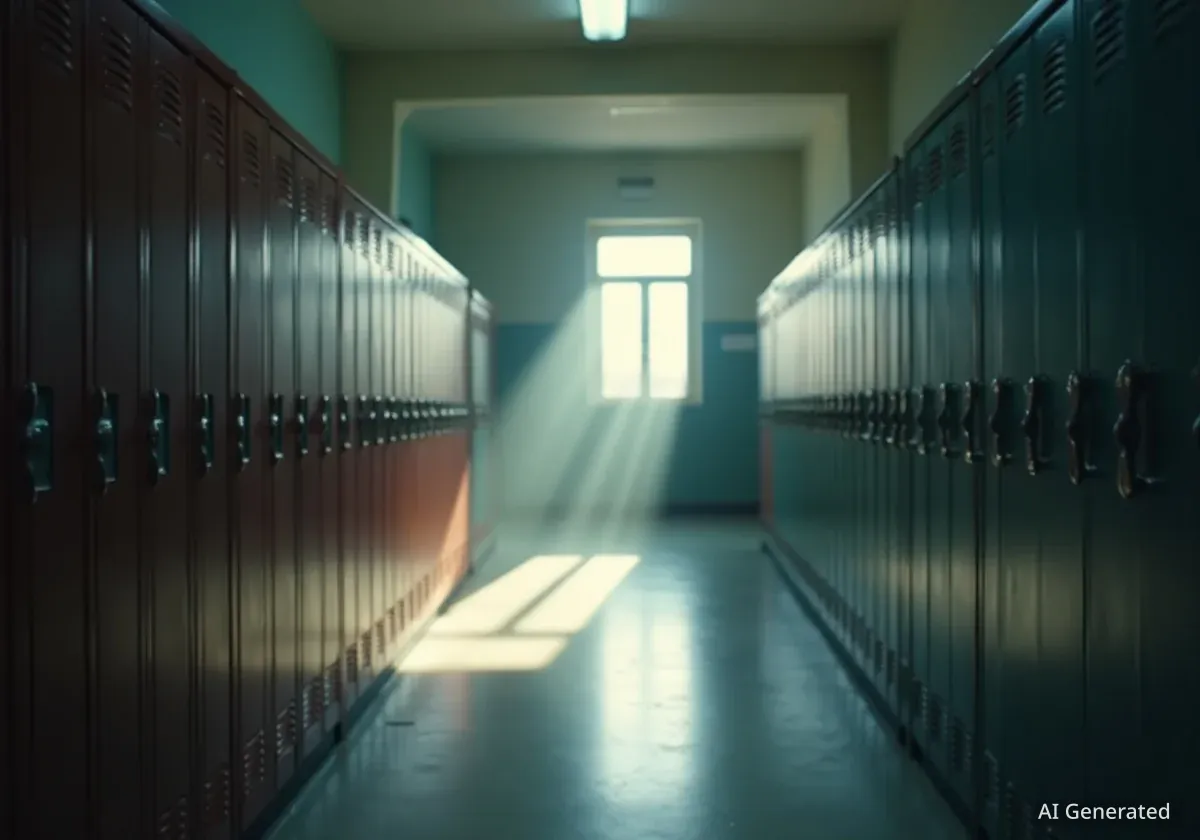Educators in Niagara Falls and Buffalo are voluntarily enrolling in a new, intensive training program focused on the "science of reading," a research-backed approach to literacy instruction. This move comes as New York State increases pressure on school districts to adopt evidence-based methods to improve lagging student reading scores.
The program, developed by the New York State United Teachers (NYSUT), aims to equip educators with practical strategies that align with how children's brains learn to read, moving away from less effective, older methods. While many teachers have praised the initiative, some literacy advocates question its depth and effectiveness.
Key Takeaways
- Teachers in Niagara Falls and Buffalo are participating in a new 30-hour training program on the "science of reading."
- The initiative is a response to both local needs and a statewide push, including Governor Kathy Hochul's "Back to Basics" plan.
- The training focuses on core literacy components like phonics, oral language, and word recognition.
- While participants report positive experiences and "a-ha" moments, some local literacy experts have voiced concerns about the program's substance.
A Proactive Stance on Literacy
When the New York State United Teachers (NYSUT) offered a pilot program on the science of reading, educators in Niagara Falls were among the first to sign up. This enthusiasm reflects a growing recognition of the need to address literacy challenges head-on, in line with Governor Kathy Hochul’s “Back to Basics” initiative, which emphasizes this evidence-based approach.
Daniel L. Weiss, president of the Niagara Falls Teachers Union, said his members wanted to be prepared for the coming changes. “We knew this was coming,” Weiss stated, explaining the desire to align with best practices for students rather than being forced by a public mandate.
The initial interest was strong. The first free, 10-session training saw 35 district teachers participate last winter and spring. The positive reception led to more than 55 additional teachers enrolling over the summer. A group of literacy coaches in the district even requested to take the course a second time to deepen their understanding.
Rapid Adoption
In less than a year, nearly 100 educators from the Niagara Falls school district have completed or are enrolled in the new literacy training, signaling a significant commitment to the new instructional methods.
Inside the Training Program
The program, officially titled “The Science of Reading: A Practical Approach for Educators,” was co-designed by NYSUT to be flexible and applicable across different school curriculums. It combines elements from education, psychology, and neuroscience to provide a comprehensive view of how young students learn to read and write.
Core Instructional Pillars
The training emphasizes several key components of effective literacy instruction:
- Phonics Skills: Understanding the relationship between letters and sounds.
- Oral Language Development: Building vocabulary and comprehension through speaking and listening.
- Phonemic Awareness: The ability to identify and manipulate individual sounds in words.
- Sight Words: Recognizing common words instantly to improve fluency.
The course structure is designed for working professionals, consisting of five live two-hour Zoom sessions and five sessions of independent reflection work. The total commitment is approximately 30 hours. Weiss, who is also a fourth-grade teacher at Geraldine J. Mann Elementary, found the course rigorous.
“It was more intense than any college-level course I took in my time at Buff State, which I thought was a wonderful school that really prepared me well to eventually be successful in this profession.”
Jaime Ciffone, NYSUT’s executive vice president and a co-designer of the program, explained that the training acknowledges the complexity of teaching reading. “You really do have a theory that’s complex, and then you also have a practical application that can be complex, because, as we know, not all of our students process in the same ways,” Ciffone said.
Mixed Reactions and a Broader Context
While participating teachers have lauded the program, not all literacy advocates are convinced. Tarja Parssinen, founder and director of the WNY Education Alliance, expressed reservations. While she commended the increased attention on literacy instruction, she raised concerns after speaking with teachers who took the course and were “not impressed.”
Parssinen pointed to the union’s use of the word “balanced” on its website to describe the training. “That word is very interesting in that we’re trying to move away from balanced literacy,” she noted, referring to an older teaching philosophy that the science of reading movement often critiques.
Statewide Performance Concerns
New York's declining scores on the National Assessment of Educational Progress (NAEP) have created a sense of urgency. Parssinen contrasted New York's performance with Southern states like Mississippi, Louisiana, and Alabama, which have seen significant gains in literacy scores after fully embracing the science of reading.
Parssinen suggested the NYSUT training may be too introductory for some. “It does feel performative and doesn’t feel very substantive,” she said, characterizing it as geared toward teachers at the “very beginning of their journey.”
Empowering Teachers in the Classroom
Despite the criticism, union leaders and participants see the training as a major step forward in professional development and teacher autonomy. The Buffalo Teachers Federation is also planning to introduce the free training to its 3,700 members, noting its alignment with the Orton-Gillingham approach the district has already invested in.
Ciffone shared that a key piece of feedback from the pilot was the sense of validation teachers felt. Many realized the effective strategies they were already using are, in fact, aligned with the science of reading.
“As we got deeper into the learning, there were a lot of ‘a-ha!’ moments where they’re like, ‘Oh, I use that strategy, and it is aligned to this. I am making the decisions that are best for my students.’”
For Weiss, the program marks a welcome departure from past top-down mandates that promoted specific programs as a “golden ticket to success.” He views this training as a tool that empowers educators to reflect on their own strategies and adapt them to meet the diverse needs of their students.
“I think it’s something that’s monumental and energizing the profession,” Weiss concluded.





